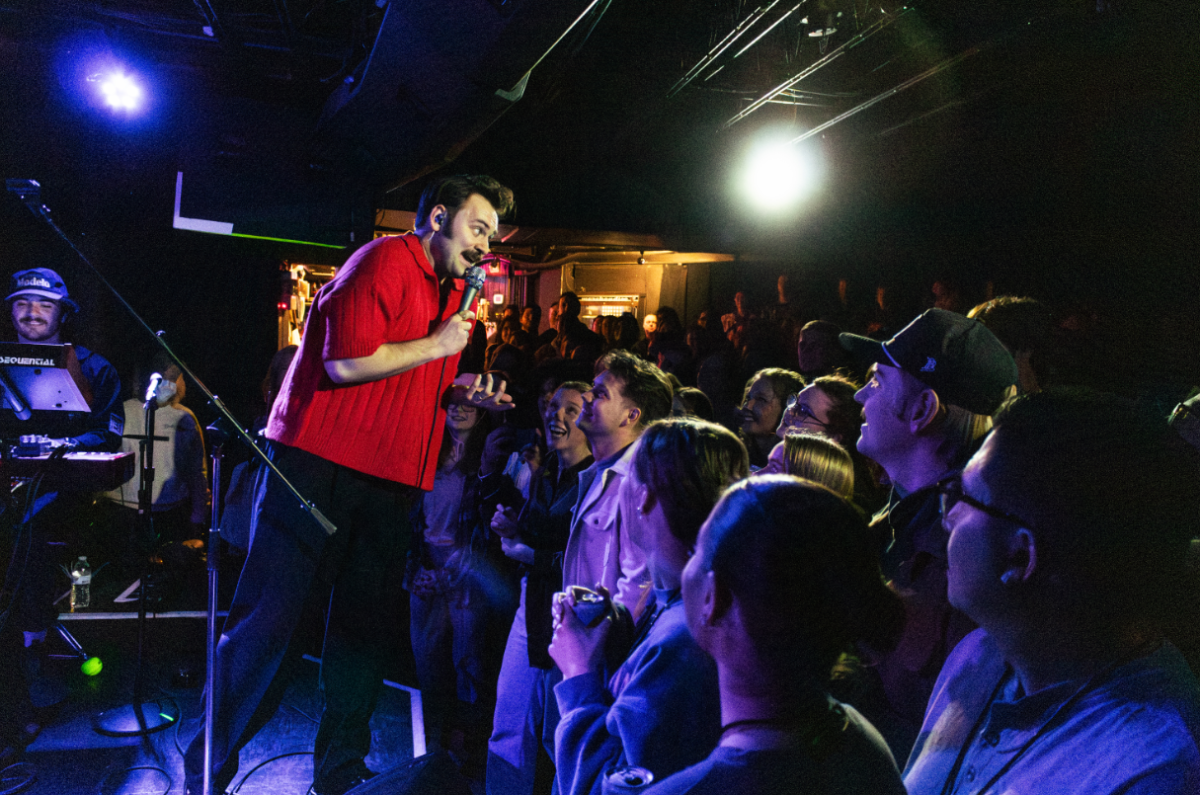Director Ridley Scott’s “House of Gucci” is a star studded and overtly campy — albeit gorgeous — affair. Honestly, should we have expected anything different?
Scott’s been trying to write a story about the downfall of the Gucci empire since 2006, providing him with ample time to map out every nitty gritty detail of the story he hoped to help tell. “House of Gucci” takes the tragic story that has long fascinated avid followers of the luxury fashion world and presents it in a way that fails to fully encapsulate the weight of the crime at hand, opting to string the story along for an agonizing amount of time without ever accomplishing much of anything. It’s a shallow plot featuring a series of not-so-shallow performances.
Based on Sara Gay Forden’s novel of the same name, the film follows the doomed relationship between accountant Patrizia Reggiani (Lady Gaga) and fashion heir Maurizio Gucci (Adam Driver).
From the start, it’s evident that Gaga is going to carry the film on her back. After meeting Maurizio at a party in Milan, Patrizia is ruthless in her ambitious pursuit of the Gucci name. Maurizio’s father, failed film star Rodolfo Gucci (Jeremy Irons), writes Patrizia off as a gold-digger. Instead of fighting this notion, Maurizio accepts his father’s disownment and dives headfirst into a life by Patrizia’s side, working for her father’s trucking business.
This is where Driver’s otherwise flat portrayal of Maurizio shines, when he flashes his dimples while playing games of soccer among coworkers and throws Patrizia around her office in a moment of carnal passion. The early days of their union give way to Patrizia inevitably finding a way to reacquaint Maurizio with the family business, securing her spot within it. From there, an exhausting internal takedown of the Gucci family ensues — one that leads to Maurizio’s spot at the top of it all.
Jared Leto’s performance as Paolo Gucci, the scorned son of Aldo Gucci (Al Pacino), is noteworthy only because he is unrecognizable. Concealed in layers of prosthetics and a bald cap complete with stringy hair, Leto’s Paolo is a simple inconvenience to Maurizio and Patrizia throughout the film.
Costume designer Janty Yates’ well researched, intricately designed costumes redeem some of the movie’s worst moments. Throughout the film, Patrizia manages to avoid any outfit repeats — gifting viewers a multitude of glimpses into the former Gucci’s glitzy wardrobe. Paolo’s descending into a tirade, accompanied by that insufferable, Mario-esque accent? Have no fear, Patrizia’s at his side in a figure-hugging, pink polka-dot adorned number.
The accents in the film are all over the place, with most of the actors appearing to revert back to their English mother tongue at one point or another — often in the middle of a sentence. While frustrating to some, the inconsistencies of the various dialects attempted to be spoken fit right in alongside the film’s campiness.
With a runtime of over two and a half hours, it would be rational to assume that the film is split between the before of Patrizia and Maurizio’s chaotic relationship and the aftermath that lead to his eventual demise at the hands of a hitman hired by his ex-wife. However, their anticlimactic downfall waits to make an appearance until after the film hits the two-hour mark — rendering that first bit unbearably and unnecessarily long.
Viewers hoping for a true crime take on the scandalous assassination of Maurizio Gucci will be disappointed. On the other hand, those searching for an Italian soap opera-esque, designer-fueled drama will find themselves soaking in exactly that.








